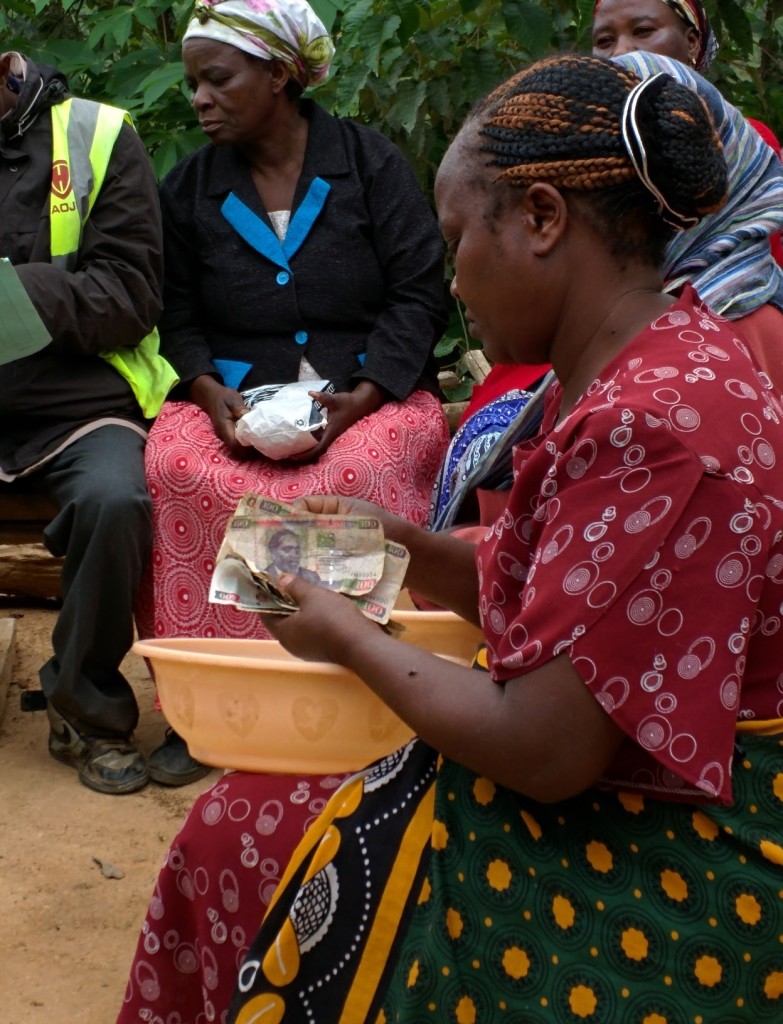In a few of my recent posts, I have juxtaposed the amount of investment that is directed to the retail end of the supply chain (for example, $70 million for Blue Bottle, $9 million for a “bulletproof” coffee retail chain, etc.) versus the amount that is directed to the most vulnerable end of the supply chain, the farmers and the farms themselves. Because of the high levels of risk faced by farmers, they are rarely attractive candidates for receiving traditional types of investment (as the World Bank recently reminded us). Rather, it takes new and innovative ideas to drive meaningful investment back into the farms. These efforts are few and far between, and when done at all, they are not scaled to a significant point where impact can be seen for the hundreds of thousands of small farmers globally who require investment in their ageing farms.
In the face of today’s challenges – a radically (and unpredictably) changing climate, a market with increasing volatility, the attraction of illicit livelihoods, our farms need rejuvenating injections of capital more than ever. However, in rural areas with little (or no) presence of a formal financial system, in settings with land that may or may not be titled and deeded, where unorganized farmers grow coffee, and where cooperatives don’t have the capacity or cash to offer credit – traditional forms of microfinance do not trickle down to these communities and to these farmers. However, a model for providing financing through a community based savings and loan methodology is helping small farmers access the capital they need for renovation and fertilizers.
Since 2006, CRS has been promoting a self-managed savings and loan methodology – called SILC (Savings and Internal Lending Communities). Basically, a group of 25-40 people are taught how to save, manage cash flow and how to administer small loans, with the accompaniment of a trainer. The loans go to group members – to cover school fees, to start a business, or to invest in their farms through purchasing inputs, labor or even small scale renovation. The risk and the reward are both shared throughout the group. At the end of the year, the group redistributes the earnings made from the interest on the loans back the members, along with the amount that each saved for the year and then they start again. A network of promoters ensures that the groups are not on this path alone. CRS focuses on establishing networks of promoters, who eventually are paid for their services by each functioning SILC group, allowing for a large scale dissemination of the methodology. Just recently, we started to use this methodology with small coffee farmers.
In a CRS coffee project in Chiquimula, Guatemala, families organized in SILC groups were able to establish community nurseries with the savings that allowed each family renovate about 0.2 hectare of coffee. This represents on average about 25% of their total farm, allowing for a complete farm renovation in 4 years. In our livelihood diversification project in East Africa, participants took advantage of the lower cost loans afforded by SILC to invest into other small businesses, diversifying their coffee farms and therefore their income sources. The interest on savings for some groups in Kenya reached 40% per year, providing a valuable source of cash at the end of the year.
It’s easy to dismiss these efforts when viewed on their own. Renovating 0.2 hectares? El Salvador needs to renew 91,000 hectares (130,000 manzanas)! However, the project in Africa created hundreds of new SILC groups through the creation of new promoter networks. There is a potential multiplier effect here through the promoter networks. SILC and other forms of community based savings and lending represents one avenue to provide financing for the smallest of farms that is cost effective, community driven and proven to be scalable.



